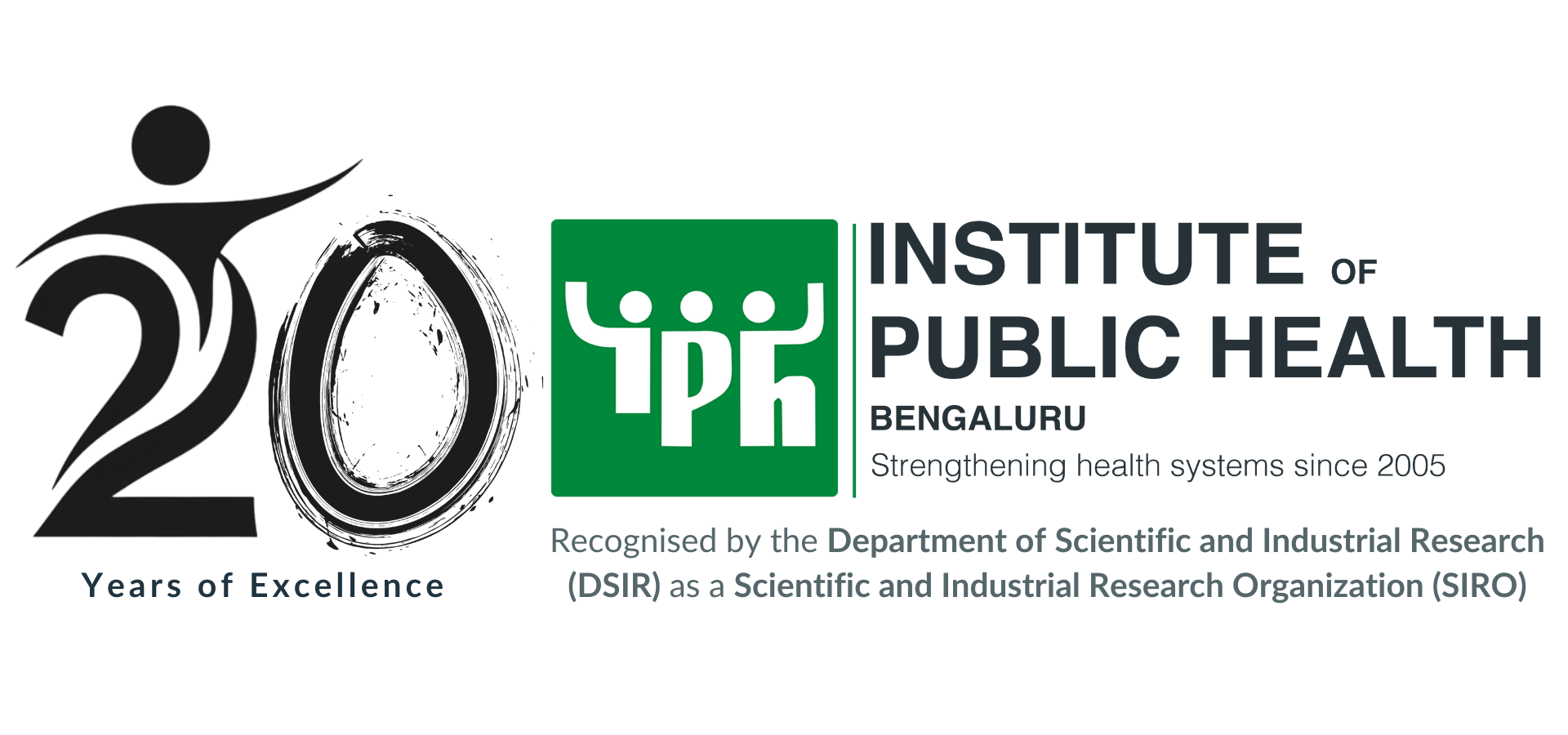Youth and On-screen Tobacco Use – Value of Media Rating System

Cluster updates
Tenth webinar in the Equilogues series
Institute of Public Health Bengaluru is pleased to announce the tenth webinar in the Equilogues series which was started by the Achutha Menon Centre for Health Science Studies, Sree Chitra Tirunal Institute for Medical Sciences and Technology as part of their projet Closing the Gap: Health Equity Research Initiative in India. Please find attached the webinar announcement for the same.
Theme: Inclusion of minorities in public services in India
Upendra Bhojani at the Institute of Public Health (Bengaluru) led the India part of a multi-country collaborative project that aimed at building local network of researchers/practitioners/policymakers that can address social inclusion of ethnic and religious minorities in public services. Drawing on the findings from a scoping review of literature and a series of stakeholders consultations in Karnataka, he will briefly highlight the role of inclusive policies (esp in areas of education, health, governance, employment) in enhancing inclusion of minorities as well as gaps in our knowledge.
Implementation research for taking tobacco control policy interventions to scale in India
Tobacco kills approximately six million people globally and over one million adults in India each year. In India, a comprehensive tobacco control law the Cigarettes and Other Tobacco Products Act (COTPA) 2003 exists. However, the implementation remains sub-optimal. COTPA has worked in some places/contexts/settings and not in others. From a policy and implementation perspective, it is crucial to systematically understand how and why the implementation of this law has occurred. By doing this, we will improve our knowledge of implementing effective tobacco control policies (TCPs) as well as identify system-wide implementation bottlenecks that could affect other sectors like pharmaceutical/food. I aim to improve the implementation of TCP in India by describing and explaining the why and how of its implementation across Indian states. Some of the hypotheses include: a) Champions at either political or bureaucratic level facilitate policy making and implementation process b) Implementation is weakened when restrictive mandates are provided to departments who are not involved in punitive action. The study will be conducted in five phases using quantitative and qualitative methods to map implementation landscape and using theory-driven inquiry to draw lessons. The purpose of this seminar is to seek suggestions to improve the proposal and shape the work that I will be doing over the next 5 years as part of my early career India Alliance fellowship.
Deciphering an epidemic of epic proportion: the role of state and tobacco industry in tobacco control in post-liberalized India (1990-2017)
In this seminar, Upendra Bhojani will present an overview of the research he aims to conduct as part of the India Alliance fellowship for the next 5 years. The purpose is to seek comments/suggestions/critique for refining the proposal. About 3500 Indians die every day due to tobacco-attributable illnesses. Despite several regulatory measures, there has been a marginal decline in tobacco use in the last two decades. In fact, since 1990s, tobacco production and sales have increased. Therefore, this research aims to understand the role played by the state policies (related to tobacco) and the tobacco industry actions during 1990-2017. I will conduct the study in three phases. In Phase-1, I will map public policies related to tobacco in this period. In will use quantitative data to explore associations between the tobacco policies and the trends in tobacco production and consumption. In phase-2 I will use qualitative data to understand how the tobacco industry actors influence tobacco policies in India. How do governments in India respond to the industry influence as well as their own varying (often conflicting) interests in tobacco? Based on these insights, in the phase-3, I will select ten Indian states: five positive (significant decline in tobacco prevalence over time) and five negative (status quo or increase in tobacco prevalence) cases. I will use qualitative comparative analysis to understand the combinations of measures (policies, implementation, tobacco industry) that best explain a significant reduction in tobacco use prevalence.
Tobacco Control Project
tobacco control: Understanding public policy around tobacco use is required to understand the conflicts of interests of state
Internship: Krishna Subedi
Tobacco cessation counselling in NIMHANS, field visits to the primary Internship Seminar: Krishna Subedi: health care center
Regional road safety meeting
Regional road safety meeting: CUTS International in partnership with Centre for Environment & Development (CED) organized a Regional Meeting on ‘Road safety







